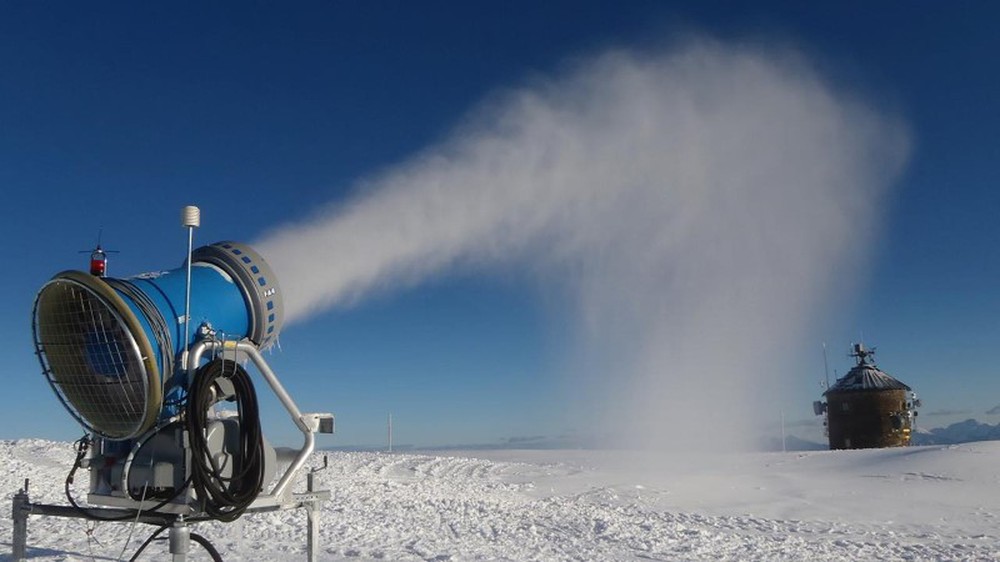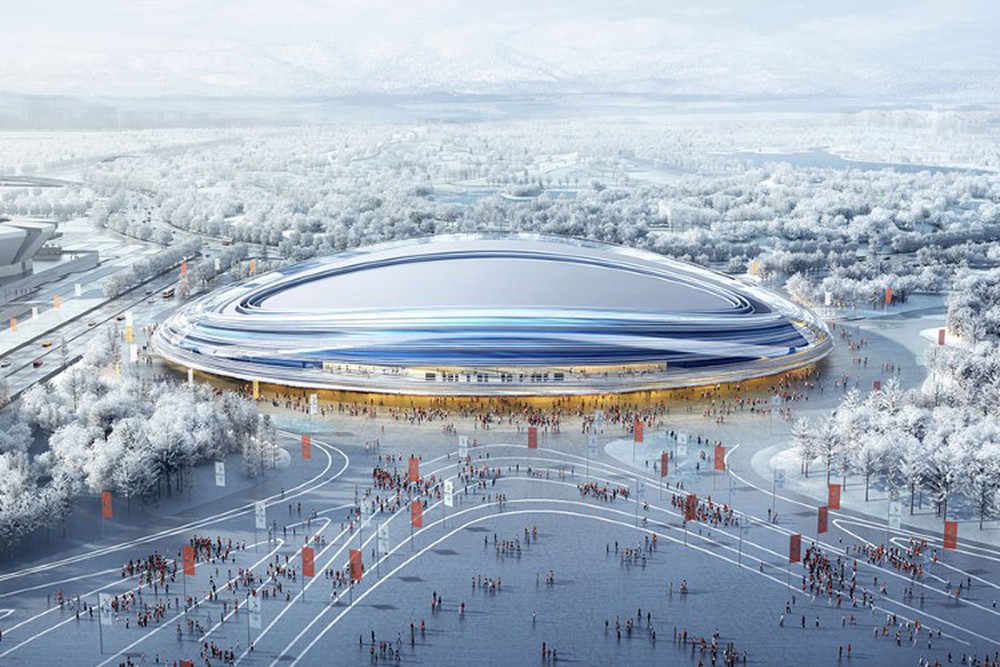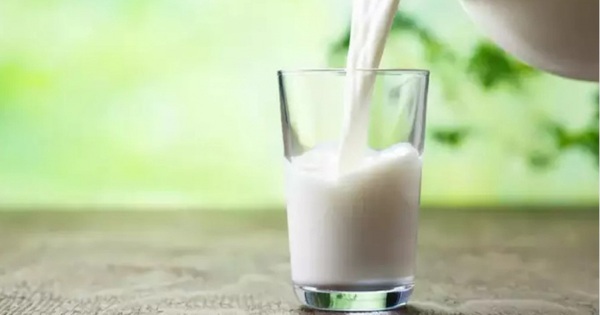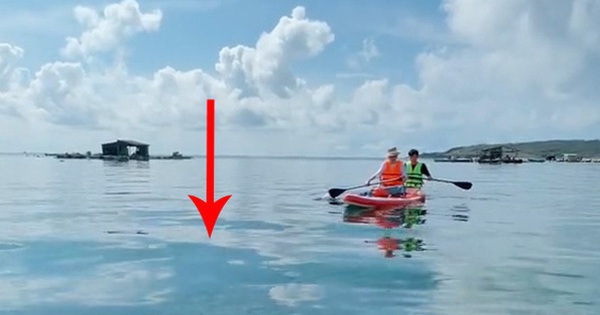
Artificial snow increasingly appreciated with each Olympics.
Difference
The Winter Olympics often evoke images of rows of snow Mountain, ice rink with the athlete in warm clothes in the cold weather. This is completely consistent with the scene when every year, the Winter Olympics are held in places with an average snowfall of 7.6m or more.
However, the venue chosen to host the Beijing 2022 Olympics is almost without snow. The climate here is relatively mild and pleasant. Therefore, China has chosen to use artificial snow.
Although artificial snow and natural snow are both frozen water, most skiers can tell the difference between the two. Artificial snow uses high-pressure water, compressed air and specialized nozzles to shoot microscopic liquid droplets into the air, which then freeze before they hit the ground. But making snow isn’t as simple as keeping the air cold enough.
Pure water cannot freeze unless it is cooled to near -40 degrees Celsius. It can only freeze when mixed with extremely small ice nuclei, which act as the machine that helps ice crystals form. Different nuclei can increase or decrease freezing temperature depending on their specific molecular structure.
Two of the best ice cores are silver iodide and a protein made by the bacterium Pseudomonas Syringae. Most artificial snow systems add bacterial protein to the water to ensure the water droplets freeze before they hit the ground.
Meanwhile, natural snow is a precipitate of ice crystals, which form under Earth’s air pressure. As snow falls through the air, it slowly develops into the usual hexagonal snowflake.
For comparison, man-made snow would freeze quickly from just a drop of water. The result is artificial snow consisting of billions of tiny ice balls. To the naked eye, it may look like natural snow, but to the touch, the “feel” of natural and artificial snow is very different.
Because the tiny ice balls clump together quite thickly, some of them may not even freeze until they hit the ground, so artificial snow often feels hard and bitter. On the other hand, natural snow is like a powder, giving skiers the feeling of almost weightlessness as they plunge down the slopes. This is largely due to the fact that the natural snow crystals are very loosely stacked because the snow has 90-95% air trapped inside.
Skiers will also love the different forms of snow, depending on personal goals. Riders want to glide as quickly as possible and use the sharp edges of the snow surface to make tight, powerful turns.
Therefore, they prefer artificial snow with denser, harder nature. In fact, ski competition organizers often add liquid water to natural snow tracks so it freezes and ensures a consistent, durable surface for riders.
Another point is that natural snow produces dim lighting, and low visibility makes skiing difficult. If the snow is naturally heavy, ski races will often have to be cancelled. For example, the 1998 Nagano Olympics had to be canceled because of heavy snowfall. For riders, clear blue skies, cool climate and artificial snow offer an entirely different advantage.
Meanwhile, freestyle skiers prefer the soft surface of natural snow for safety reasons. Nordic skiers also appreciate natural snow because artificial snow poses a greater danger in the event of a collision. Similarly, recreational skiers also prefer natural snow because the snow crystals are filled with air so they can glide smoothly.

The Beijing Olympics use artificial snow.
Technology of making artificial snow
For decades, scientists have tried to make snow more and more like nature according to the needs of the crowd. The first way is to sow in natural clouds of silver iodine. The purpose is to facilitate the moisture in the clouds to turn into snow crystals. The process, known as Wegener Bergeron Findeisen, could theoretically increase the rate of snowfall. But in reality, the number of increases is relatively modest.
Another option, which does not require cloud seeding, is to generate snow from a snow generator. Scientists have been “growing” snowflakes in laboratories for decades, but the process is complex.
Usually, researchers produce only a few blooms at a time. Because ice crystals often grow slowly, it was difficult for the researchers to scale the process to the many levels needed to get enough snow for skiing.
Another process is one that mimics natural crystal formation through a snow generator and uses ice nuclei. To make artificial snow, Beijing focuses on four main factors: forecasting and evaluating snow quality on the slopes, creating a dome-shaped ski slope for alpine skiing events, and developing snow storage technology. and intelligent snow generation system.
Competition snow requires a higher density than recreational snow to meet International Ski Federation (FIS) requirements and ensure consistent, fair conditions for each competitor.
Making artificial snow is often opposed because it is harmful to the environment. However, Beijing experts say that artificial snowmaking is not an irreversible consumption of water resources. Instead, meltwater from the snow can be recycled into storage tanks.
at Blogtuan.info – Source: Soha.vn – Read the original article here



